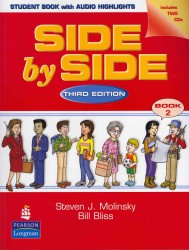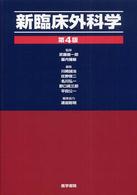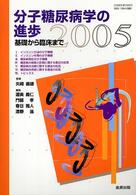- ホーム
- > 洋書
- > ドイツ書
- > Humanities, Arts & Music
- > Music
Description
(Short description)
Neben dem berühmten Konzert in h-Moll op. 104 weist das Schaffen Dvoráks vier kleinere, kammermusikalisch besetzte Kompositionen für Violoncello und Klavier auf: die Polonaise in A-Dur, das Rondo in g-Moll op. 94, eine Bearbeitung des bekannten Slawischen Tanzes in g-Moll aus opus 46 sowie das Charakterstück "Waldesruhe".Besetzung:Violoncello und Klavier
(Text)
Neben dem berühmten Konzert in h-Moll op. 104 weist das Schaffen Dvoráks vier kleinere, kammermusikalisch besetzte Kompositionen für Violoncello und Klavier auf: die Polonaise in A-Dur, das Rondo in g-Moll op. 94, eine Bearbeitung des bekannten Slawischen Tanzes in g-Moll aus opus 46 sowie das Charakterstück "Waldesruhe" (Klid). Die Neuausgabe der Wiener Urtext Edition bietet diese vier Werke komplett in einem Band an. Für die Edition zog Dvorák-Kenner Klaus Döge Autographe, korrigierte Abschriften und Erstausgaben heran, dazu flankierend die Orchester- bzw. Klavierfassungen. Aus überlieferten Äußerungen des Komponisten konnten ferner authentische Hinweise zur Interpretation gewonnen werden.Schwierigkeitsgrad: 4
(Table of content)
Polonaise, op. posth. - Rondo, op. 94 - Slawischer Tanz, op. 46/8 - Waldesruhe-Klid, op. 68/5
(Short description)
For the preparation of this edition the Dvorák expert Klaus Döge has studied original manuscripts alongside corrected proofs and first editions, supported by reference to the orchestral and piano scores. Documented comments by the composer himself have provided an additional source of authentic suggestions for interpretation.Besetzung:cello and piano
(Text)
Besides the famous Concerto in B minor Op. 104, Dvorák's oeuvre includes four smaller, chamber music compositions for cello and piano: the Polonaise in A major, the Rondo in G minor Op. 94, an arrangement of the well-known Slavonic Dance in G minor from Opus 46 and the mood piece Woodland Idyll (Klid). For the preparation of this edition the Dvorák expert Klaus Döge has studied original manuscripts alongside corrected proofs and first editions, supported by reference to the orchestral and piano scores. Documented comments by the composer himself have provided an additional source of authentic suggestions for interpretation.Instrumentation:cello and piano








